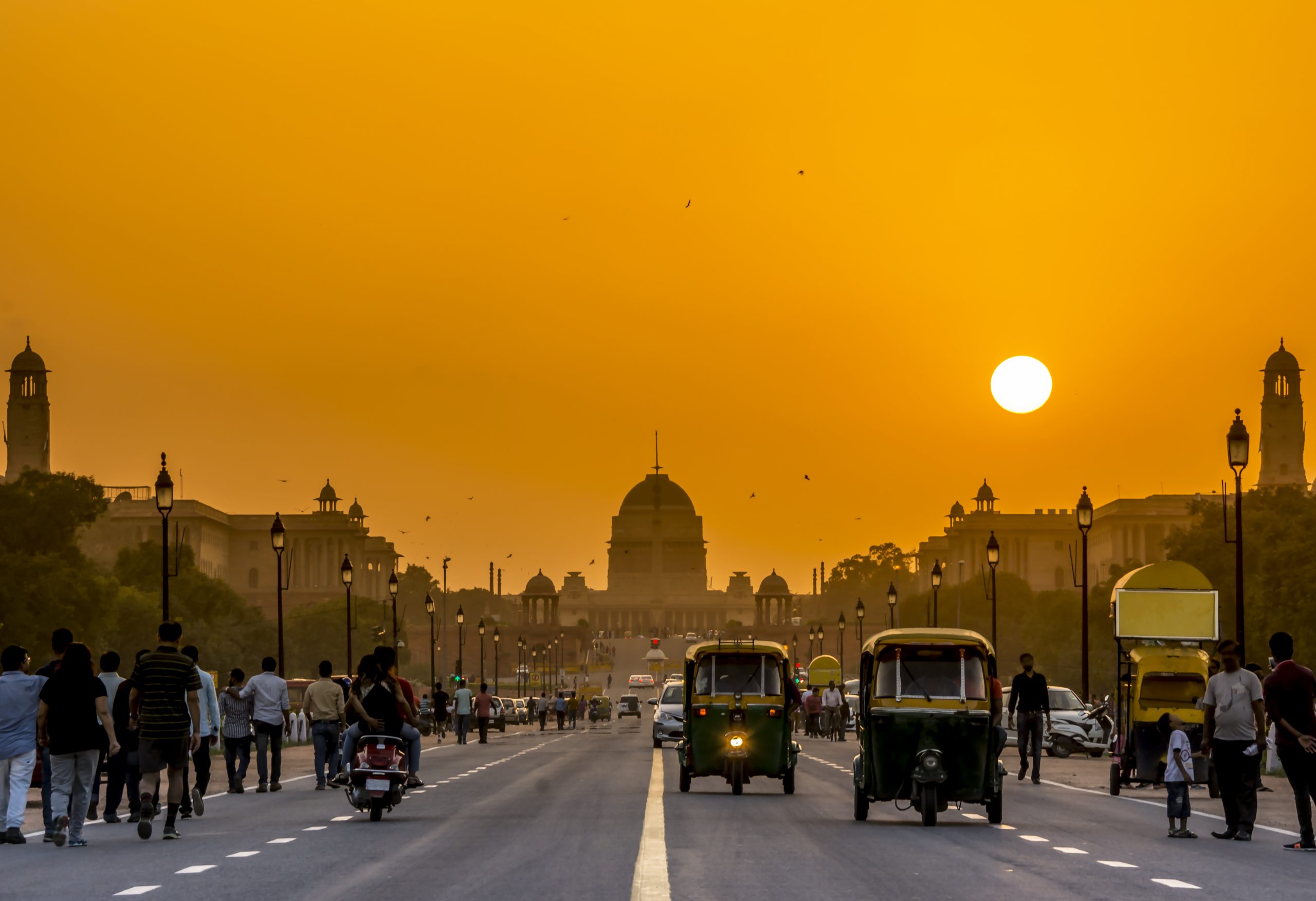International briefing: How Covid-19 has accelerated India’s shift to digital media
November 19, 2020 • 7 minute read

International briefing: How Covid-19 has accelerated India’s shift to digital media
Over the past couple of decades the world has seen a rapid shift to digitalisation, not least within the media industry where global demand for print-media has been steadily declining. That said, in India print-media had been not only sustaining itself, but seeing significant growth, until Covid-19.
A preference for print
Pre-Covid-19, India had the world’s largest number of paid newspapers and these were seeing continued growth. With around 90% of households receiving one or two newspapers daily – typically one English language national and one regional in focus – there were no signs that print media was under threat.
Despite common misconceptions, this preference is not necessarily down to reluctance to digitalise or a lack of internet access, but because newspapers are often deemed the best way for news to reach all corners of society. The advertising industry’s loyalty to print media in India stood testament to the belief that it is the best vehicle for communicating with, and informing, the public.
In a country of India’s geography and demography, size, scale and reach matter greatly. At a national level, India has a highly consolidated media landscape with The Times Group owning a 30-40% stake in the media and The Times of India being famed for having the world’s largest circulation among English-language newspapers.
The urgent shift to digital
Whilst some international media outlets began reporting on coronavirus towards the end of 2019 as initial cases sprung up in China, the Indian media remained largely unconcerned. A few peripheral stories appeared, but wide-ranging media interest only kicked in towards the end of February. At this stage, reporting on the virus’ impact on both the population, and on every sector of the economy prompted a realisation that the media would not be immune to enforced change either.
When the scale of the pandemic became clear, media outlets found that to survive they had to adapt to new methods. From March to August, print sales fell around 80%. This drastic drop-off had a domino effect, and media organisations that relied heavily on leads or sales from print adverts suffered, in turn forcing them to reduce advertising expenditure. Number of pages per publication fell, while other publications were paused or cancelled altogether.
Crisis breeds urgency and it soon became clear that an acceleration of the shift to digital – already underway in India but transitioning more slowly than elsewhere – would be the key to pandemic-proofing the media industry.
Newsrooms emptied as employees adapted to remote working models, while the entertainment, live sports and media events calendar was largely ripped apart, along with routine journalistic planning, such as the formulation of editorial calendars. Despite this turmoil, media consumption boomed across most platforms, with a nervous public looking to news providers for updates on the spread of the virus. Television in particular saw viewing figures rise dramatically as many were confined to their homes for long periods at a time.
As was seen elsewhere around the world, news reporting was consumed by coronavirus, with scientific and medical commentators featured alongside updates from political and other leadership figures. Hard news, Covid-19 updates and statistics were accompanied by human interest stories, with the media shining a light on the impact the virus was having on Indian society and its people. Coverage has since been both constant and comprehensive.
A changed PR landscape
The sheer amount of news to be reported has set a relentless pace for under-pressure journalists to keep up with. Deadlines for comment requests which would typically require several hours now need to be filed within minutes, so commentators have to be responsive as well as authoritative and up-to-date.
Journalists’ focus on the crisis has afforded little opportunity for organisations attempting to create good PR stories. Reporting deals almost exclusively with Covid-related updates; standalone stories of companies with no tangible connection to the crisis are unlikely to cut through, nor attempts to gain attention, praise or coverage for internal initiatives. The media also maintains a high interest in how organisations are safeguarding their employees, and attempting to restore societal and economic stability amidst the turmoil. Currently therefore, attempts to find favour for marketing initiatives are not only often unwelcome, but in some instances called out publicly on social media for being insensitive and self-serving.
Social media consumption has skyrocketed. Social platforms were already transforming the media landscape in India, and Covid-19 became the latest catalyst for the acceleration of digital and social activity. The media has trialled alternative avenues of reporting, with publications releasing e-papers through WhatsApp, and, once over-looked, podcasts and webinars have become a desirable option for many as they acknowledge the reach that smartphone-accessible content can bring. As screen audiences grow, so has advertising spending in these areas.
As consumers and news disseminators alike grow increasingly comfortable with social and digital content channels, CEOs and large corporates will increasingly embed them into their communications strategies. This method of communicating with audiences mirrors international trends and will surely continue to the point of becoming commonplace.
The end of print?
There are expectations that print will bounce back, and in some instances magazines such as Forbes India, Fortune India and Outlook Business that pivoted to PDF have now returned to print, albeit with lower subscription rates than previously. However digital media will continue to grow in India, especially now that news providers, consumers and advertisers have seen the benefit. This will lead to further investment in digital platforms, particularly as consumers continue to stay at home and their activities migrate online.
Covid-19 has provided a tough test to India’s media institutions but they have, for the most part, shown resilience. As in other areas of the globe the pandemic has been a truly disruptive event; one that will mark the rapid acceleration of the digital era.
This briefing was produced in collaboration with One Source. More information about Infinite Global’s international services can be found here.
